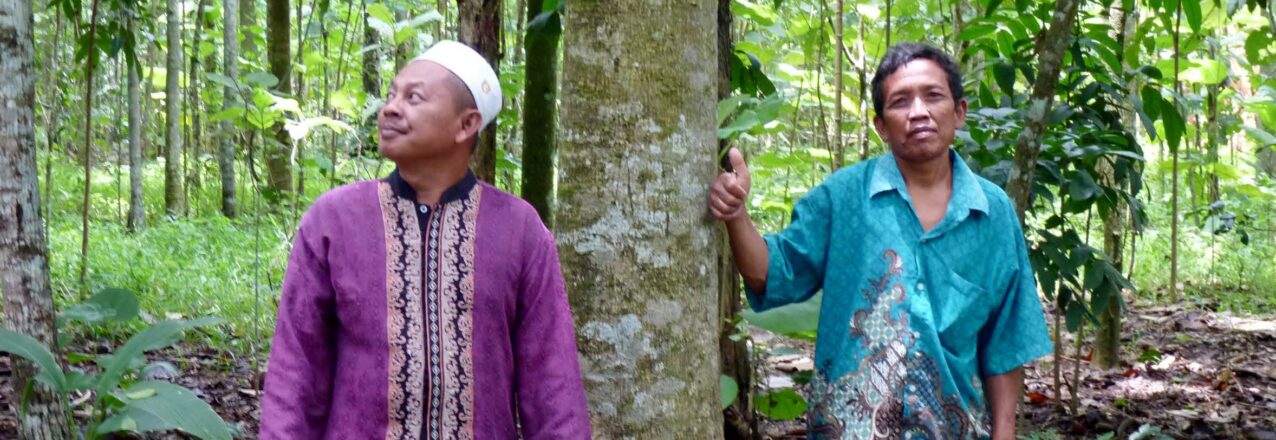Evidence-based best practice and tools for design and implementation
This Sourcebook aims to inform design and implementation of community forestry interventions that seek to deliver social, environmental, and economic outcomes in developing countries. Community forestry enterprises are potentially a key element in environmental management. Successfully implemented, they promote improved landscape-level ecosystem services, biodiversity conservation, and community income generation better than many alternative land uses. Hence, in many situations these enterprises lead to better environmental outcomes than government or private-sector management.
The Sourcebook draws on the USAID ProLand Community-Based Forestry Enterprise (CBFE) Assessment, which collected and synthesized the “state of knowledge” on enabling conditions for establishing and maintaining CBFEs (ProLand, 2018). This ProLand Assessment reviewed the available literature, especially recent meta-studies of community forestry and CBFEs; analyzed 22 case studies for characteristics of CBFE success; and reported on 18 key informant interviews that provide qualitative depth to, and perspectives on, specific aspects of CBFEs. The Sourcebook also incorporates findings from field visits to Indonesia, Mexico, and Peru, which verified key aspects of the assessment findings and earlier drafts of this Sourcebook. The primary audience for the Sourcebook is USAID development professionals and their implementing partners, though much of the document is applicable to any development organization undertaking similar work.
The Assessment and Sourcebook define “community forestry” to include any formally recognized use of forest resources by indigenous groups or other local communities in a defined area. More specifically the Assessment defines a CBFE as a community-endorsed social enterprise that uses forest resources for commercial purposes to generate income that sustains the enterprise, while providing agreed benefits to the whole community. CBFEs are social enterprises with integral social and business objectives. Although environmental outcomes are not always an explicit objective, when CBFEs sustainably manage their forests they also achieve outcomes such as biodiversity conservation and carbon sequestration, required by many government and donor forest conservation interventions.
The Sourcebook focuses on timber as a product with high comparative economic value, although much of the content is applicable to community engagement in non-timber forest products (NTFPs) and services such as ecotourism, carbon sequestration, biodiversity conservation, and watershed-based ecosystem services. Indeed, successful timber CBFEs are well placed to expand and diversify into these types of income-generation activities, which can broaden and diversify community benefits.
The Sourcebook first summarizes general findings from the ProLand CBFE Assessment structured around four enabling conditions: secure tenure and other supportive policy; community governance and enterprise management; social enterprise models; and value chain partnerships. It then outlines relevant USAIDspecific programmatic requirements and discusses key guiding principles and mechanisms for designing and implementing CBFEs. An annotated annex (Annex 2) lists numerous additional guides and tools and links these to the Sourcebook narrative. The authors recommend that readers refer to the ProLand CBFE Assessment for further evidence and clarity on the statements and conclusions presented in this document.


